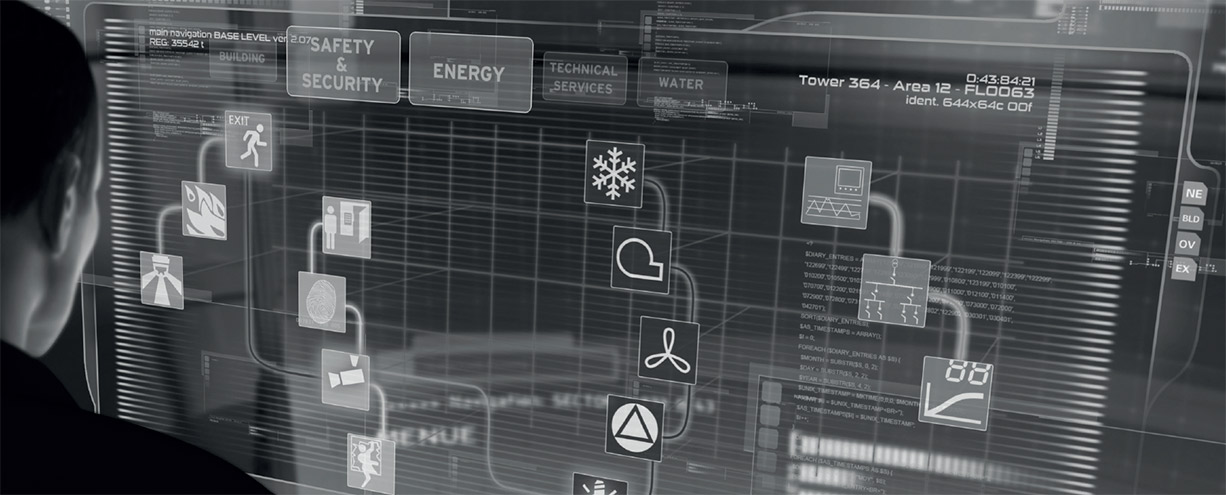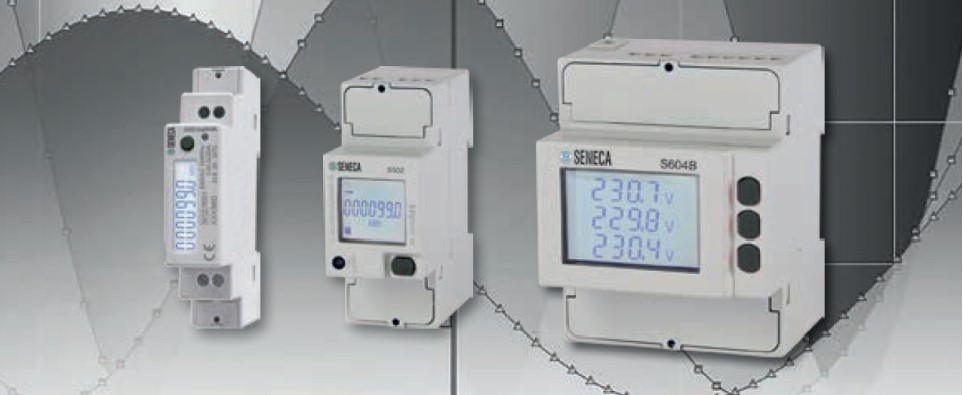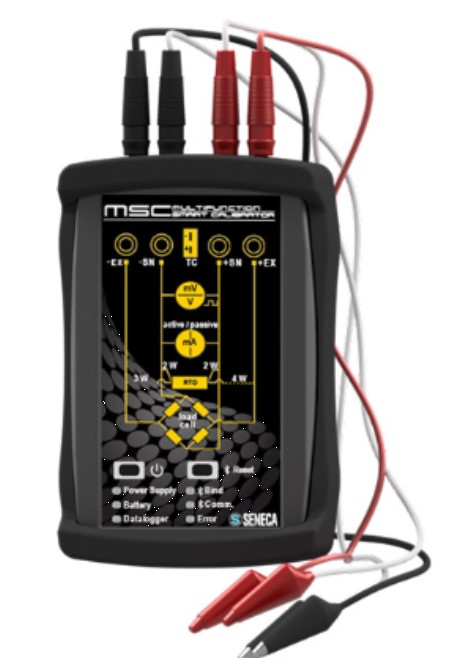 https://blog.seneca.it/wp-content/uploads/2020/07/test-meas.jpg
https://blog.seneca.it/wp-content/uploads/2020/07/test-meas.jpg
Increasingly smart, multifunctional and interconnected Test&Measurement instruments are fundamentally distinguished in laboratory instruments used for high precision measurements (oscilloscopes), control and calibration instruments used for plant verifications, maintenance and calibration of instruments and sensors (multimeters, network analyzers, power recorders, meters) and panel instruments used on fixed installations and for transducers or continuous measurements, with requirements of relative accuracy.
Analyzers, multimeters and oscilloscopes cover two strategic and complementary pre and post-production aspects: power quality control and test and diagnostic operations. The integrated and organized use of these tools can help to discover the causes of electrical problems and prevent their effects.
At the same time, most installations must ensure maximum durability of energy-using components. Replacement is in fact an expensive operation in terms of materials, labour, downtime. Test measurements, accompanied by other preventive maintenance techniques, allow the detection of faults in motors, drives and electrical panels, while extending their operating life.
Recent integrations of T&M tools with USB, Wi-Fi, LTE, W-CDMA, web servers, cloud platforms and apps (iOS and Android) are meeting the demands of the most demanding verifiers and designers, especially in wireless connectivity testing and device access via the Internet. Mobility and extended connectivity also reduce data overload, make data use more immediate, and speed up communication between a host and local device (e.g. smartphone and wearable).
Network and spectrum analyzers
The network analyzers allow energy and power analysis and therefore power quality control. They are also used to continuously record the trend of alternating quantities. There are two basic categories of power quality analyzers on the market: those for checking the quality of the supplied voltage (with detection of harmonics and flicker) and those for troubleshooting. The former are effective statistical tools but do not solve problems due to occasional disturbances. The latter include long-term monitoring of waveforms. Other fundamental aspects in the choice of an analyzer are the type of power supply and measurement circuit to be analyzed (single-phase or three-phase), the maximum voltage and current range, the interfaces and communication protocols supported.
Network analyzers (or power meters) are not to be confused with energy counters (single-phase and three-phase) used for measurements, with legal and metrological value, of energy consumed in industrial and civil environments, nor with spectrum analyzers, instruments used for the graphical display of variable electrical signals in the frequency domain and for network vector analysis (VNA). The latter technique is used in the field of radio frequency and microwaves to analyse passive and active components (filters, amplifiers, regulators, etc.). For the analysis of low frequency phenomena, up to about 1 MHz, FFT (Fast Fourier Transform) analyzers are used instead, which are able to make measurements even on non-repetitive signals.

Calibrators and multimeters
The microelectronic diffusion of the 80s and 90s and that of the new communication platforms of the last two decades, has accelerated the affirmation of a new generation of multifunction and multimeasurement instruments characterized by a high level of accuracy.
Process calibrators are devices used for calibration, simulation, verification and adjustment operations in installations and instrumentation. The calibrators handle different quantities that must be attributed to normalized measurement signals: mA, mV, V, Ohm, Hz (frequency and pulse), °C or ºF. These instruments also have signal generation, leveling, linearization or gradation functions. Their main use is in the verification of the company’s instrument pool in order to control the quality of the measurement. High precision calibrators, on the other hand, are a fundamental support in quality control, since they allow the production of calibration certificates according to ISO standards. Industrial calibration can be accompanied by special adaptations and compensations. According to the different requirements, there are multifunction calibrators that allow the simultaneous generation, simulation and reading of several values or for single size (pressure, temperature, flow, sound, vibration, voltage, current, resistance, pulse, frequency).

If the aim is to test a wide range of electrical parameters and values, multimeters are used. With these instruments, for example, the true rms value (RMS, Root Mean Square) of the voltage, variable level signals, current (including values of the constant speed state and inrush currents of motors or other devices), low level signals in the networks, frequency, temperature, rotation speed parameters and more are measured.
In calibration operations the use of high performance multimeters in combination with sample instruments is indispensable.
There are also test instruments that make it easier to detect electrical intermittences such as signal analyzers, digital storage oscilloscopes (DSOs) and current clamps. The latter are measuring instruments for the indirect quantification of AC and DC currents on machines, installations and plants that cannot be shut down.